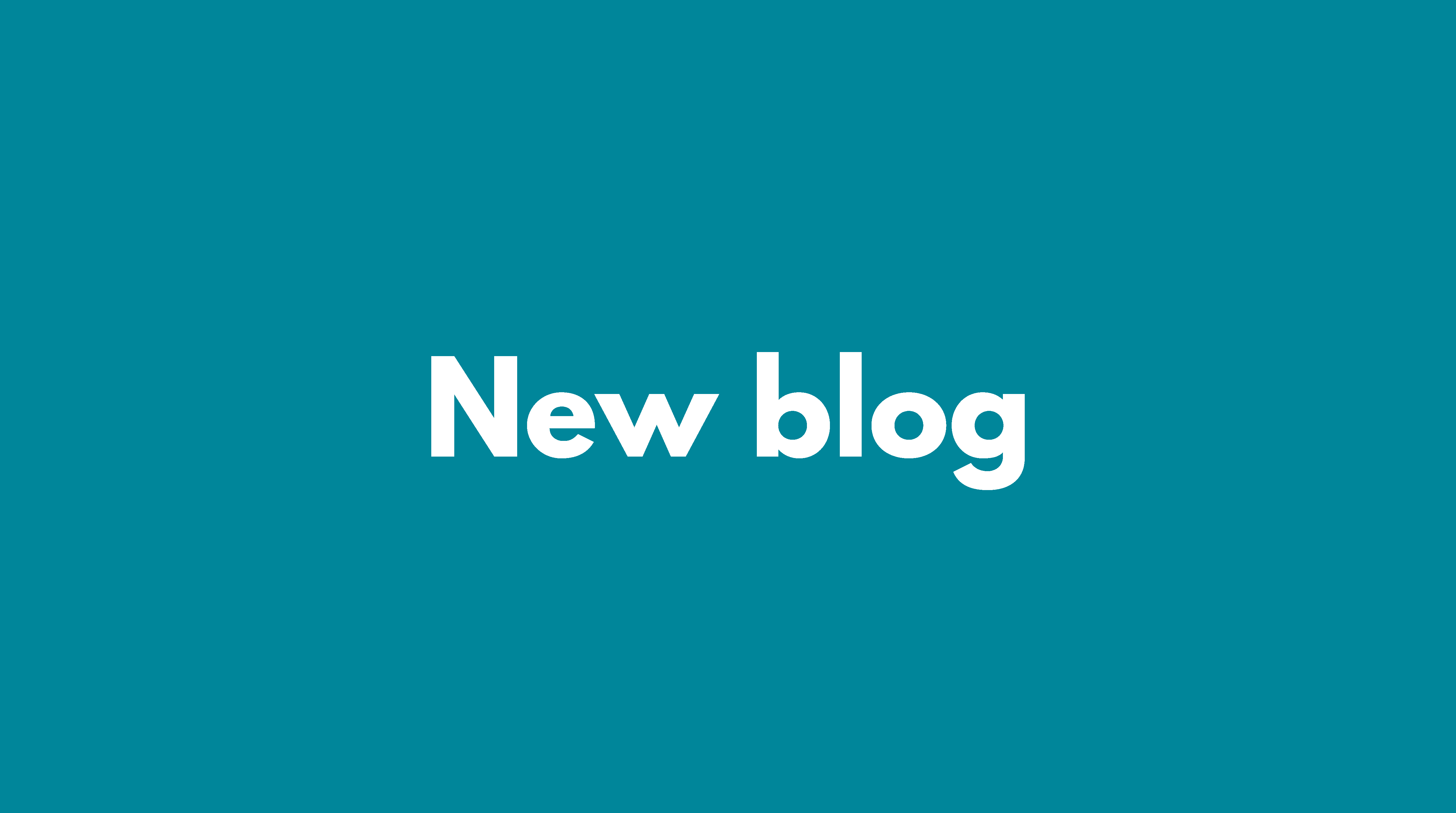News
Councils, websites & using digital communication – making the content accessible for everyone and adhering to the Transparency Code
AUTHOR: MARK TOMKINS, FOUNDER OF AUBERGINE
Looking back to look forward
Let’s look back to before the pandemic and the explosive use of digital communications by the Public Sector to reach its audience during the lockdowns.
It’s 2018 and the requirement for all public bodies’ websites to comply with the standard WCAG 2.1AA (Website Content Accessibility Guidelines) has been introduced.
For the first time, an I.T. compliance-related subject was being required of a sector that, for the most part, hadn’t experienced anything like it before. There was Transparency Code 2015 but that was about what a council needed to publish and record.
What did that mean, exactly?
It meant that a council’s website must meet the needs of those in its community who have a disability or illness and struggle to access information on its website without barriers. Around 1 in 5 people in every community have a disability or illness that makes it difficult for them to get access to the information on a website.
In short, a website must work for people who can’t rely on sight or interaction with a computer using a keyboard and mouse and must be built in a way that works with assistive technology that helps them.
Compliance was required by September 2020 (2021 for apps) and couldn’t have come at a better time. With the various lockdowns, the only way councils could communicate to parishioners was online.
Challenges along the way
The main problem faced was that making a website accessible to WCAG 2.1AA standard isn’t easy; nor is making an existing site comply with the standard readily achievable. To address website accessibility properly, the site needs to be built with accessibility in mind from the start.
Many councils got to grips with what changes were needed and chose to seek the support of the few website providers who specialise inaccessible websites and who have experience working with the public sector, or commission a new, fully accessible website using a system designed specifically for councils.
Alongside this technical challenge, councils also learned to produce accessible documents and change the way content was written.
Not everything was smooth sailing, however - some councils opted for a quick-fix plugin that sits on the website and provides visible font control tools. They are called overlays.
Unfortunately, this does not meet accessibility requirements nor address the problem - disability groups unanimously agree that these overlays actually create a greater barrier as it requires the user to interact with the overlay before they can use the website and often these overlay plugins can’t be easily controlled by those users of assistive technology, such as screen readers and other devices.
There has also been uncertainty around how to check if a website or document is accessible and a blend of online checking tools alongside human review has become the norm to check their adherence to the accessibility standards.
Many different parts of communicating online
However, there wasn’t a single set of guidelines to follow in respect to all-things website related: accessibility, what to publish plus associated factors including domain names and email.
The government’s original information on website accessibility requirements is dry and top-level.
There’s the Transparency Code, which is clear and understood in terms of what should be published.
But nowhere was there a complete guide that incorporated all-things website related.
Looking forward - The case for greater digital communication
The last 2 years have shown that all levels of councils have learned that using websites, email and social channels is an effective way to reach their audience and opens a 2-way conversation with everyone in the community.
It’s also convenient – both for the council and the parishioner. The digital world is where most live their private lives, so the council needs to be more accessible, both in the literal and technical sense.
Everyone has learned new communication skills so now is the time to make full use of them in a planned way. This means having a communications strategy of what’s published on a website, how it’s written, and how it is propagated via other channels.
With the release of NALC’s website accessibility and publishing guidelines guide, written by web accessibility experts, Aubergine, the details of website accessibility, checking methods, what councils must publish and how best to manage domain names and email are all now in one easy-to-follow guide.

